Ruggedly handsome, endlessly creative, and radiating sunny charm—if LA had a Tinder profile, it would break the app.
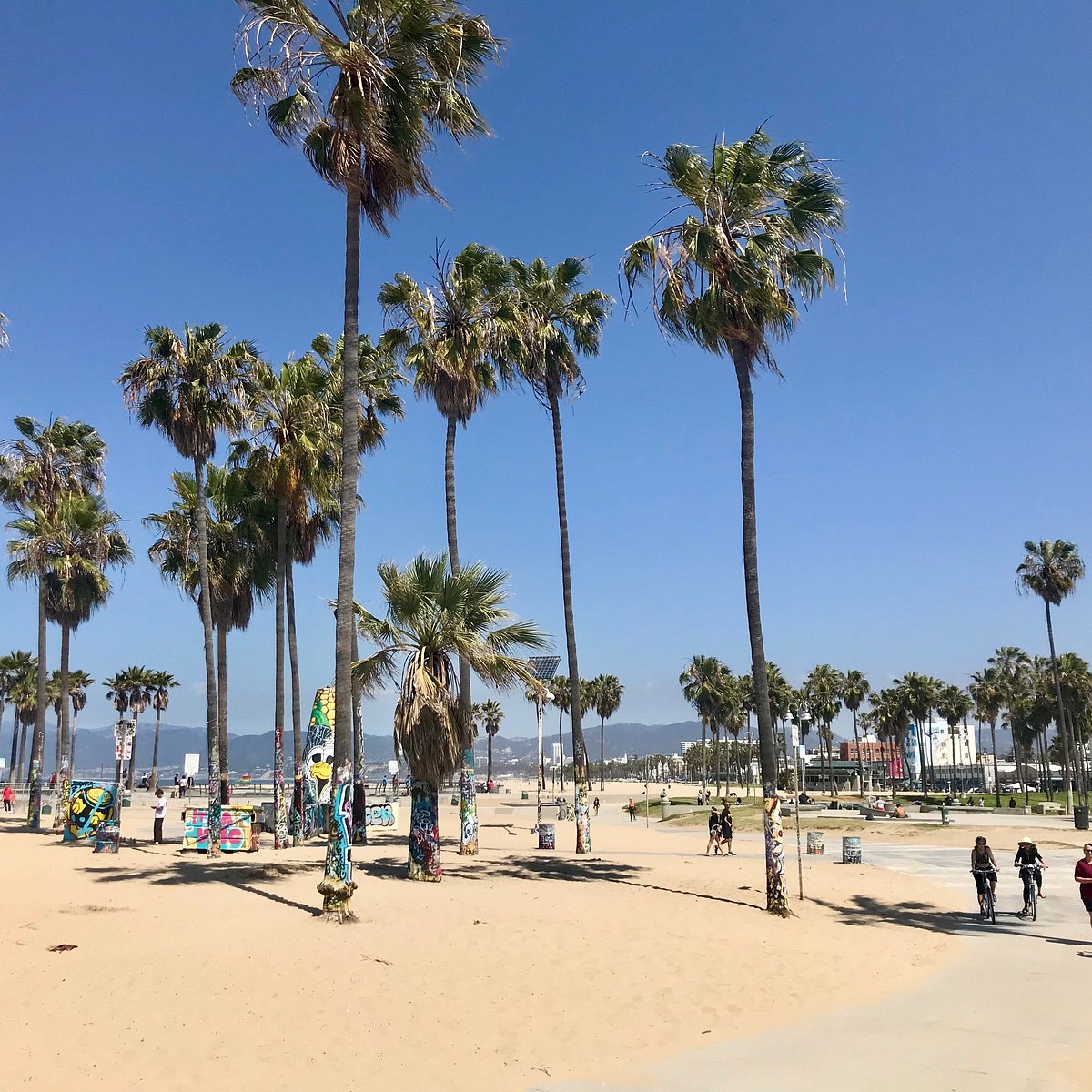
Prepare for a sensory explosion at Venice’s Boardwalk – it’s truly a one-of-a-kind experience. Here, bodybuilders flex beside street performers, and vendors offer everything from sunglasses and string bikinis to Mexican ponchos and cannabis. Cyclists and in-line skaters zip by on the bike path, while skateboarders and graffiti artists have spaces of their own to shine.
A look back at Venice’s history
Venice is Southern California’s original bohemian escape, a vision brought to life by tobacco magnate and dreamer Abbot Kinney (1850–1920). In 1905, Kinney transformed swampland into a lively seaside retreat inspired by Italy, complete with canals and gondolas. For nearly 20 years, the area thrived as a West Coast version of Coney Island, with Renaissance-style buildings and jazz clubs where legends like Benny Goodman played.
In 1926, Venice became part of Los Angeles. By 1929, most canals were paved over, and the area fell into decline. But in the 1950s and ’60s, low rents and a laid-back vibe attracted beatniks and hippies. In the 1970s, Venice and nearby Ocean Park gave rise to the skateboarding revolution, earning the nickname ‘Dogtown.’
Today, Venice is changing fast. Gentrification, fueled by tech and entertainment industries, has pushed out many long-time businesses. The launch of Snapchat’s parent company in 2017 brought a wave of new wealth to the area. Yet despite rising rents and rapid changes, the neighborhood remains a mix of artists, surfers, tech workers, performers, and a significant houseless community, whose presence is a long-standing part of Venice’s identity.
Things to do on the Venice Boardwalk
Street Art & Murals
Venice is famous for its street art. What was once a battle between graffiti artists and law enforcement is now a recognized art scene. The Venice Beach Art Walls are open canvases where artists continue to create colorful works from 1961 to today. Don’t miss the murals by Rip Cronk, including tributes to Jim Morrison and Van Gogh’s Starry Night. For more art, explore galleries on Abbot Kinney Boulevard. The standout is LA Louver, housed in a landmark building and showcasing museum-quality exhibitions.
Muscle Beach
Right on the boardwalk, Muscle Beach is where fitness enthusiasts pump iron in the sun. Once the training ground of Arnold Schwarzenegger and Franco Columbu, it’s now a tourist stop where bodybuilders gladly put on a show.
Venice Skatepark
In the 1970s, local teens turned drained pools into skate zones, kickstarting modern skateboarding. Today, the 17,000-square-foot Venice Skatepark continues the tradition with a stunning ocean backdrop. Whether you’re skating or just watching, it’s one of the best photo spots, especially at sunset.
Weekend Drum Circle
Every Saturday and Sunday evening near Brooks Avenue on the beach, a lively drum circle gathers. Drummers, dancers, and beachgoers come together in a spontaneous celebration of rhythm and movement. It usually kicks off around noon and continues after dark. Unofficial but unforgettable.
Best times to visit
For a quieter experience, visit early in the morning or late at night. But if you’re looking for energy and excitement, summer weekends are peak time—especially when the drum circle is in full swing. In the off-season, locals tend to gather around sunset at nearby cafes.
Where to eat
The Rose is a local institution that blends the charm of old Venice with a modern twist. Open since 1979, it offers everything from fresh pastries to full meals in a laid-back, stylish setting. Writers, tech workers, and locals all gather here.
Where to stay
Hotel Erwin, close to the canals and boardwalk, is a retro-styled former motor inn with bold décor and a vibrant atmosphere. The rooms are colorful and spacious, and even if you don’t stay here, the High rooftop lounge is a great spot for evening drinks. Valet parking is available for $42.
Getting there and getting around
Expect heavy traffic on summer weekends near the beach. Parking inland or using a ride-share service is often easier. Biking is also a great way to get around, with rentals available locally. The Expo Line in Santa Monica is another good option; the station is just 1.5 miles from Venice.

Set on a scenic hillside with sweeping ocean views, the Getty Villa is a striking museum modeled after a 1st-century Roman country house. Spread across 64 beautifully landscaped acres, it houses an impressive collection of Greek, Roman, and Etruscan antiquities gathered by oil magnate J. Paul Getty. Some of the artifacts date back as far as 7000 years.
Visitors can wander through elegant galleries, columned courtyards, and meticulously maintained gardens. The displays include ancient friezes, busts, mosaics, and a remarkable array of ancient glassware—cut, blown, and colored. A standout is the Hall of Colored Marbles, showcasing intricate geometric designs that captivate the eye. Other notable features include a replica Pompeii fountain and a reconstruction of the Temple of Herakles.
For the best views, head to the upper balcony, which overlooks the central courtyard garden with its reflecting pool and offers a picturesque view out to the Pacific. The site also features a contemporary amphitheater, which hosts performances and cultural events throughout the year.
After a major seven-year renovation, the Getty Villa reopened in 2006, though not without controversy. Allegations emerged over the acquisition of certain artifacts, leading to the return of dozens of pieces to Italy. Still, the museum retains a significant and fascinating collection.
Admission to the Getty Villa is free, but visitors must reserve a timed-entry ticket in advance. Parking is $15 (reduced to $10 after 3pm). Walk-ins are not permitted, so if you’re arriving by bus, make sure the driver punches your ticket to confirm entry.
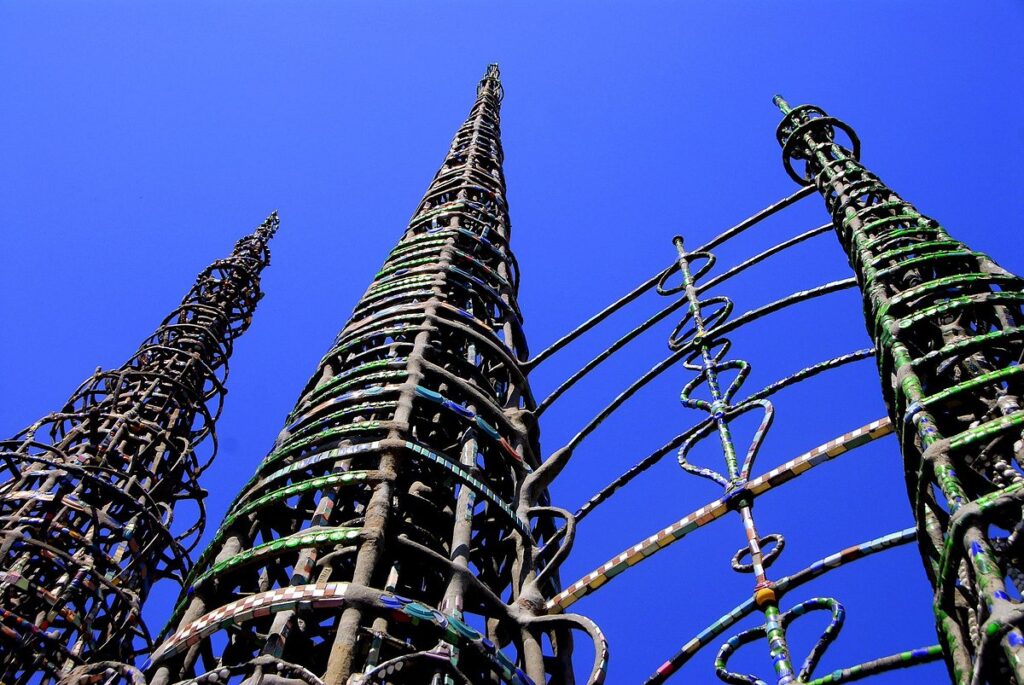
Here’s a rephrased version of your description in smooth, engaging language:
The three whimsical spires of the Watts Towers are among the world’s most remarkable examples of folk art. Built by Italian immigrant Simon Rodia, the project began in 1921 when he decided to “make something big.” Over the next 33 years, he crafted these towering structures from concrete, steel, and an eclectic mix of found materials—everything from green 7Up bottles and seashells to tiles, pottery shards, and stones.
The tallest of the towers reaches 99.5 feet, stopping just shy of the city’s 100-foot height limit. While you can view the towers from outside the fence at any time, access to the interior is only available by guided tour (free while restoration work is underway—check the official website for current details). A short black-and-white film from the 1950s adds context, offering a glimpse into Rodia’s work through rare archival footage.
Next door, the Watts Towers Art Center serves as a vibrant hub for the local community. It hosts workshops, performances, and classes, and also curates art exhibitions. Each year, it organizes the well-loved Watts Towers Day of the Drum and Jazz Festival, typically held in late September or early October.
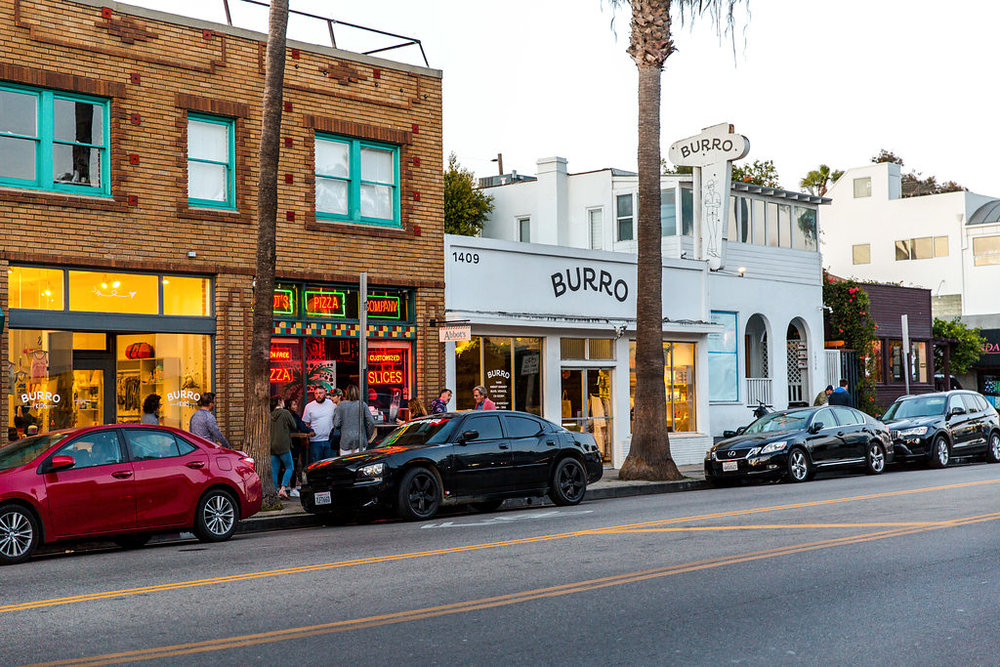
Here’s a rephrased version of the description in a balanced, engaging tone:
Abbot Kinney, the visionary who founded Venice in the early 1900s, would likely be pleased to see that one of the area’s most popular streets now bears his name. Stretching for about a mile between Venice Boulevard and Main Street, Abbot Kinney Boulevard blends beachside charm with a touch of sophistication. Often compared to a seaside version of Melrose Avenue, the street is lined with stylish boutiques, contemporary art galleries, converted lofts, and top-tier restaurants. At one point, GQ even named it the coolest street in America—a reputation that continues to hold strong.
The boulevard’s popularity, however, brings a mix of feelings. While stores like Aviator Nation, Mystic Journey, Salt, and Waraku still reflect the original bohemian spirit of Venice, they now sit alongside global brands like Toms, John Fluevog, Shinola Detroit, and Adidas. The food scene has grown just as upscale, with acclaimed restaurants such as Gjelina, the Tasting Kitchen, MTN, Plant Food + Wine, and Salt & Straw drawing in food lovers—but also pushing up the price tags.
Every late September, the Abbot Kinney Festival fills the street with music, vendors, and visitors, drawing tens of thousands to the neighborhood. And on the first Friday of each month, the boulevard hosts a lively street fair that’s become one of LA’s top food-truck events, with an impressive lineup of casual bites and creative flavors.
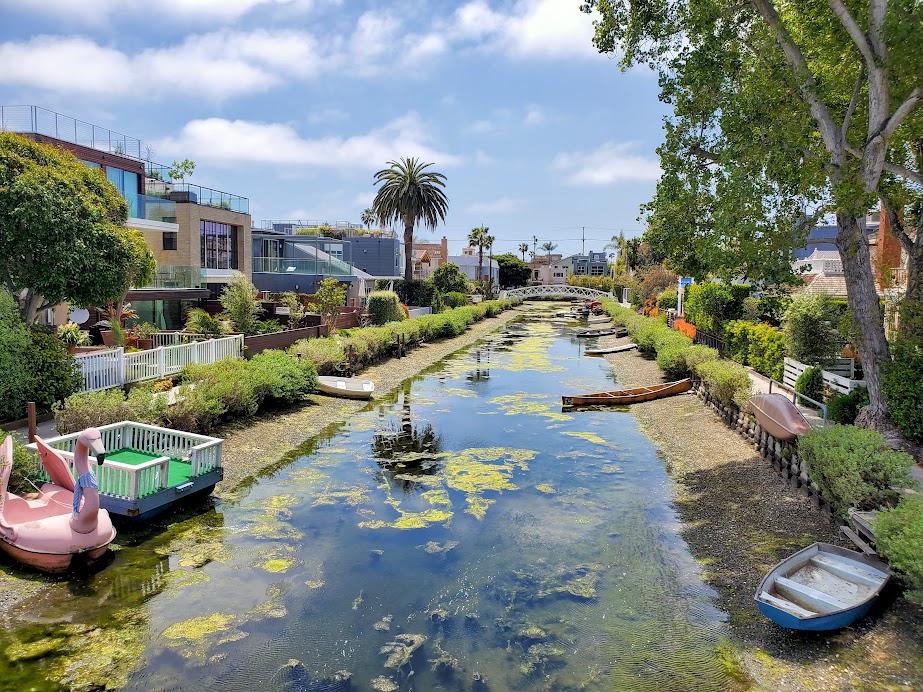
Even many locals don’t realize that just a few blocks from the lively Venice Boardwalk lies a peaceful hidden gem—the Venice Canals. This serene neighborhood preserves about three miles of Abbot Kinney’s original canal system, offering a quiet contrast to the beachside buzz. The Venice Canal Walk winds past quirky and charming homes, crosses arched pedestrian bridges, and follows tranquil waterways where ducks glide and residents float by in rowboats. The best access points are from Venice Boulevard or Washington Boulevard.
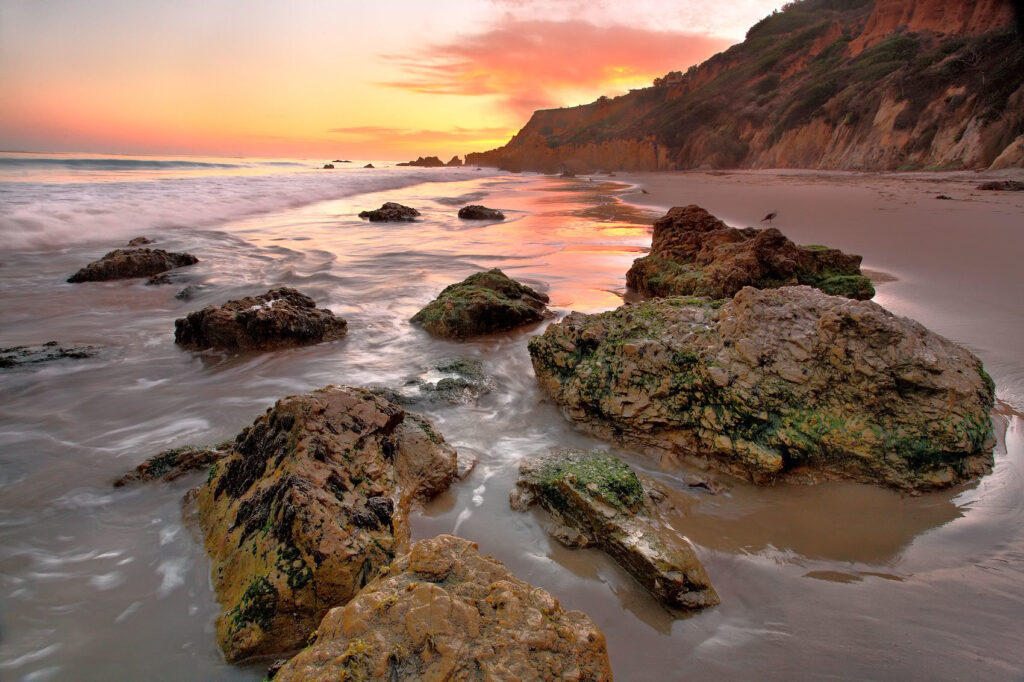
Arguably Malibu’s most breathtaking beach, this coastal gem invites visitors to park atop scenic bluffs and follow a trail down to secluded coves framed by dramatic sandstone rock formations. Dolphins often break the ocean’s surface just beyond the waves, while sunseekers—some opting to go topless—wander along the shoreline. Though coastal erosion has narrowed the beach in recent years, you can still find pockets of dry sand nestled against the base of the cliffs.
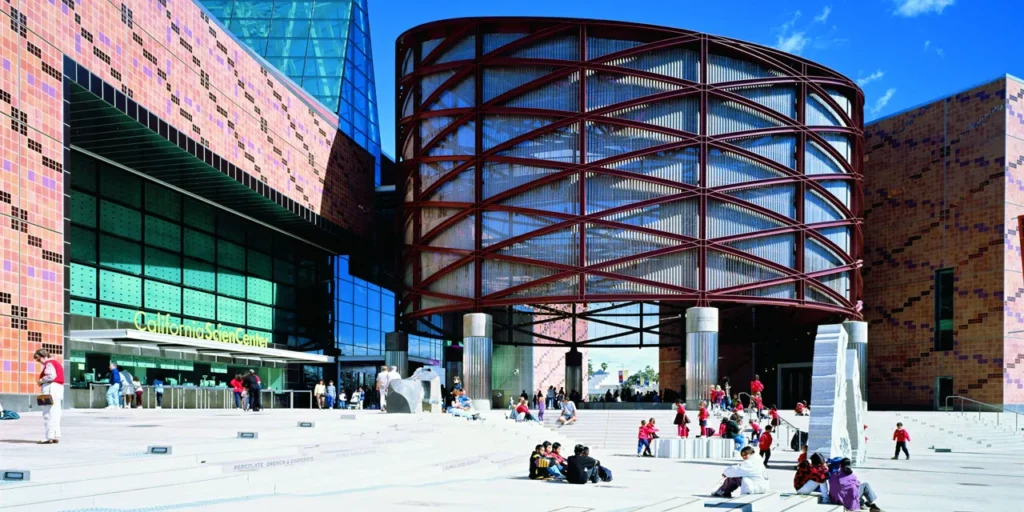
Here’s a rephrased version of your Science Center description in clear, engaging, and informative language:
The California Science Center’s top attraction is the awe-inspiring Space Shuttle Endeavour—one of only four remaining space shuttles on display in the U.S.—but it’s far from the only reason to visit. This expansive, multi-level museum is packed with interactive exhibits, light-up displays, levers to pull, and buttons to press, making it a hands-on playground for all ages. Highlights include a simulated earthquake and Tess, a 50-foot talking animatronic figure who offers a quirky introduction to the human body.
While the museum’s classic facade faces Exposition Park, the interior is surprisingly modern, with part of it designed by renowned LA architect Frank Gehry.
The museum is divided into themed sections:
World of Life, located upstairs on the left, explores five essential life processes that link all living things—from single-cell organisms to the complex human body. You can ride a red blood cell through the circulatory system, sit at the Digestion Diner for facts about your gut, observe a video of open-heart surgery, and hear Tess explain homeostasis in her unique, animated way.
Creative World showcases human innovation in transportation and construction. Visitors can test-drive a virtual hovercraft, meet a family of crash-test dummies, and experience the sensation of an earthquake in a simulated shake room.
Ecosystems immerses guests in a variety of natural environments, from deserts and rivers to islands, forests, and urban landscapes—all under one roof.
The SKETCH Foundation Gallery highlights the evolution of flight and space travel. Here you’ll find a replica of the Wright brothers’ 1902 glider, capsules from the Mercury, Gemini, and Apollo missions, and a copy of Sputnik, the first artificial satellite to orbit Earth.
But the centerpiece is undoubtedly the Space Shuttle Endeavour. Leading up to it, exhibits dive into shuttle life, from mission control to astronaut meals and bathrooms. A fascinating time-lapse video captures Endeavour’s dramatic 2012 journey through Los Angeles—from its flyover on the back of a Boeing 747 to its careful tow through city streets, drawing crowds along the way.
Inside its current pavilion, Endeavour rests in all its post-mission glory, complete with scuffed heat tiles from its 25 space flights. Nearby, an enormous external fuel tank—longer than the shuttle itself—adds to the display. Eventually, Endeavour will move to its permanent home in the upcoming Samuel Oschin Air and Space Center, for which fundraising is ongoing.
Admission is free, though IMAX films, special exhibits, and access to Endeavour during peak times require a small fee (currently $3 for a timed ticket). The museum gift shop features space-themed items, including adorable plush toys like a space chimp.
To avoid crowds of school groups, it’s best to visit after 2pm on weekdays. And for a budget-friendly trip, skip the $12 parking fee and arrive by Metro.
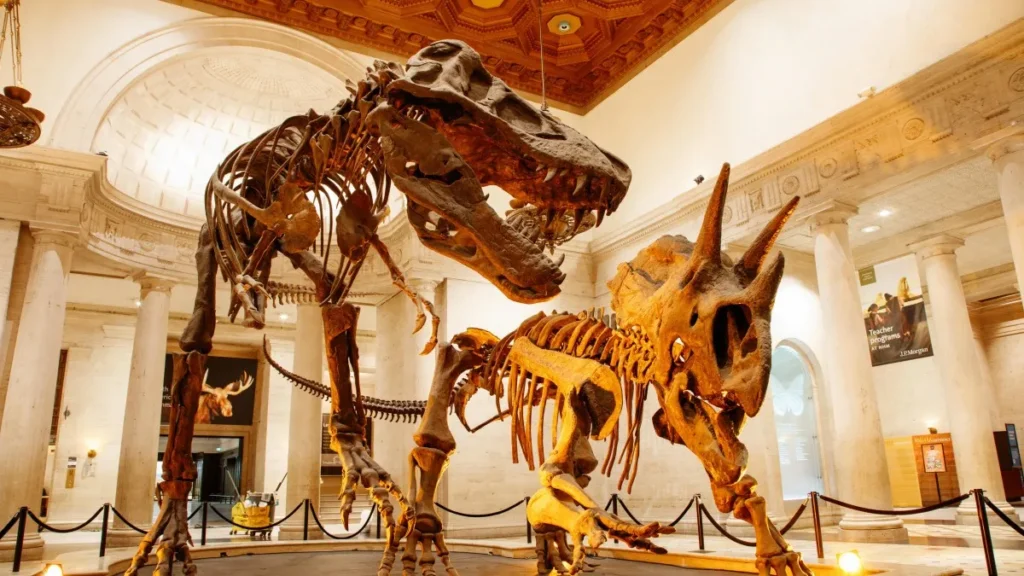
Here’s a rephrased version of your museum description, written in clear and engaging language:
From dinosaurs to diamonds, beetles to bears, and hissing roaches to African elephants, this museum offers a journey through the natural world and millions of years of history—all inside a grand 1913 Spanish Renaissance–style building. Movie fans might recognize it as the stand-in for Columbia University in the first Spider-Man film, where Peter Parker gets bitten by a radioactive spider. With so much to explore, you can easily spend several hours here.
While special exhibitions usually attract the most attention, the museum’s permanent galleries are just as fascinating. Don’t miss the Dinosaur Hall, home to the world’s first T. rex growth series, showing skeletons of a baby, juvenile, and adult. Classic dioramas showcase wildlife from North America and Africa, while other highlights include the Bird Hall and a rich collection of Aztec and Latin American artifacts.
If you’re drawn to sparkle, the Gem and Mineral Hall features a walk-through gem vault and a dazzling display of precious stones, including one of the largest gold nuggets ever discovered.
Young visitors will love the hands-on Discovery Center, where they can piece together a T. rex skeleton, touch real bones, antlers, and minerals, and get a close look at live spiders and scorpions. Other interactive areas include the Nature Lab—where kids help track biodiversity in their neighborhoods—and a bug-sorting station that’s as educational as it is entertaining.
The Becoming Los Angeles exhibit offers a thoughtful look at the city’s layered history, from the Gabrieleño-Tongva peoples to the missions, Mexican rule, statehood, the rise of Hollywood and aviation, and innovations like the catalytic converter and solar energy.
Outdoors, you’ll find 3.5 acres of nature gardens filled with seasonal blooms and native plants, along with a special pavilion that hosts live butterflies or spiders depending on the time of year.
For adults, the museum comes alive during its First Fridays series. These after-hours events blend live music, DJ sets by KCRW, bar service, and thought-provoking lectures—all held in the African Mammal Hall with exhibits lit for the evening. Tickets cost $25 and include full museum access.
Parking is available for $12.
WhatsApp us